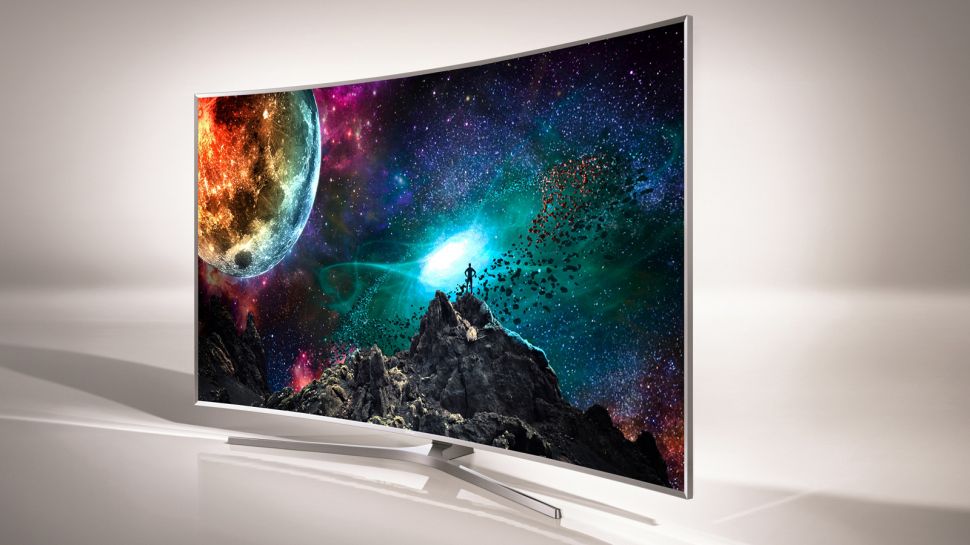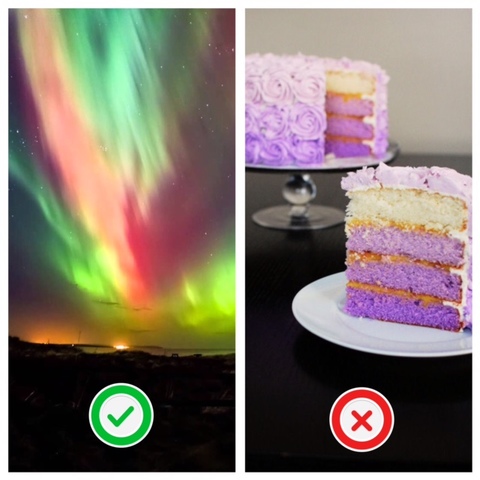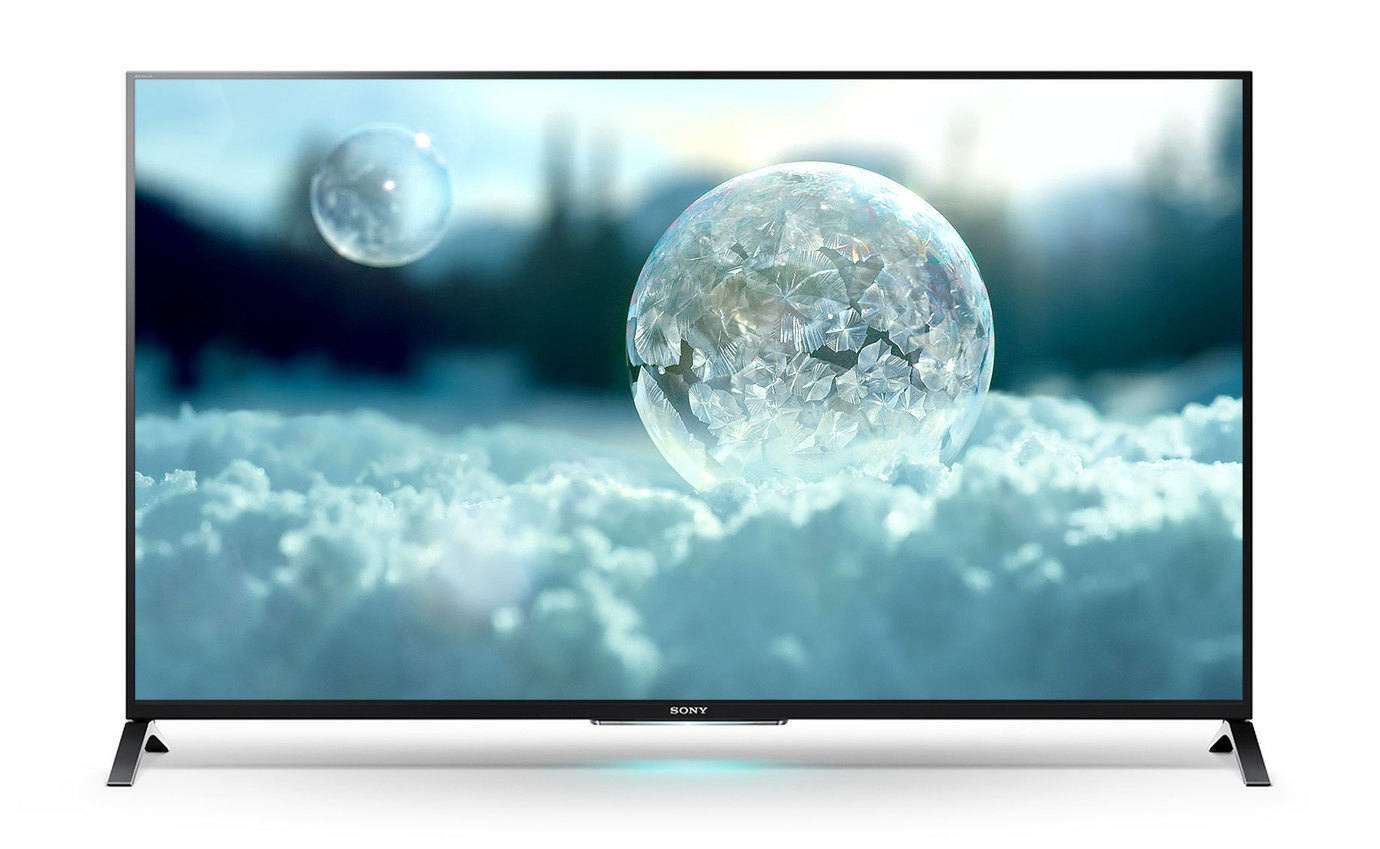 This is a great time to be shopping for a new TV. Announced a few years ago, but gaining in popularity is 4K TV, and if you’re shopping for a new set, this is the one you’ll want to get now so that the TV on your wall will still be relevant and useful several years into the future. Let’s discuss what 4K is, why it’s so great and why you should take a good hard look at it if you’re purchasing a new TV.
This is a great time to be shopping for a new TV. Announced a few years ago, but gaining in popularity is 4K TV, and if you’re shopping for a new set, this is the one you’ll want to get now so that the TV on your wall will still be relevant and useful several years into the future. Let’s discuss what 4K is, why it’s so great and why you should take a good hard look at it if you’re purchasing a new TV.
What’s 4K?
If you’re new to this TV term, 4K is all about the pixels. Millions of pixels. Millions more than the next best TV which is 1080p. If you think of a TV screen as a giant grid made up of minuscule squares, a 4K image has about 4,000 horizontal pixels (that’s where the name “4K” comes from). In total, it has about 8 million pixels on the screen, or about 4 times as many as the next best TV. To explain it in a visual way, manufacturers are jamming as many total pixels as there are in all of a 1080p set, into about a quarter of a 4K screen. That’s a lot of pixels. Which explains why I’ve also described 4K TV as “really, really HDTV”. If you want to read more about 4K TV, check out my article How to Get the Most from a 4K TV.
Some folks might wonder if the difference between 4K and 1080p is really worth the upgrade; if we’ll all really be able to see and appreciate the difference. The answer is an easy yes. The difference between the two resolutions is similar to the jump in resolution quality and sharpness from SD (480 lines high) to HD (1080 lines high) back in the day. Or from black and white to colour. It’s that significant.
As an aside, you may also come across the term Ultra HD, or UHD when shopping for a 4K TV. Those three terms are interchangeable when talking about this technology. While a panel of industry insiders gave ‘Ultra HD’ or UHD the green light as far as the “official” name for the technology, the term 4K has been in use far too long for people to give it up. Plus it fits better into a 140 character tweet, which is my secret thinking on why it stuck around.
So what does “a lot of pixels” mean to me?
Great question. Adding so many more pixels to a TV, like this Samsung 4K model, means better image quality overall. Much better. TrustedReviews.com writes, “the extra resolution of 4K images adds more detail, more depth and more colour resolution to the picture, resulting in images that look incredibly life-like—more like looking through a window than watching TV. 4K is especially effective on very large screens—so ideally you’ll go for a 65-inch set or even bigger, like this VIZIO model. That said, we’d argue that 4K resolution clearly improves picture quality at pretty much any screen size.”
4K gives you life-like detail
The gist of what those pixels do is truly to give you a more lifelike and realistic viewing experience where you can see things like individual blades of grass, stitches and scratches on a football, and yes, even every line and wrinkle on your favourite star.
It means you can go big
4K also lets you enjoy a more immersive viewing experience on a bigger TV, like a 65″ LG 4K TV. You can sit closer to the screen so the image fills your field of vision, and contrary to what our parents told us, this won’t wreck your eyes, because the picture no longer breaks apart and becomes grainy or blurry when you get super-close to the screen. It continues to stay true and life-like, so mom won’t be mad. She might even pull up a chair.

It provides millions more colours
It used to be TVs pushed out their video picture in just three base colours; magenta, yellow and cyan (red yellow and blue; if you’re interested in the complications and depth of exactly how colour comes together in HDTV or 4K, I highly recommend this article). Now, technically they still do, but there’s more involved now. To vastly oversimplify, what 4K does is allows the colours to paint together in more fine-tuned combinations, and to blend more realistically, finely and seamlessly, like they do in real life. Think of a 4K TV’s colour palette as the northern lights, rich with colours and seamlessly blended, as opposed to one of those cute ombre cakes with perfectly delineated lines and you’ll catch my drift.
There’s also great contrast
Contrast ratio is the difference between the darkest part of the image and the brightest or whitest parts. Contrast gives the video image depth, realism, and keeps it from looking “flat”. Some reviewers even go so far as to proclaim, “more so than color … contrast makes the difference between a good and a bad looking image. TVs with the best contrast look best to casual viewers and usually get the best reviews.” Contrast ratio is important, and many 4K TVs have the ability to provide it in spades thanks to all those pixels, and the above noted colour combining abilities.
4K can be hard to imagine. So … don’t!

One of the hard things about getting people excited about 4K TV is that it has to be experienced to be believed. It’s one thing to tell someone what the picture looks like: “amazing, outstanding, fabulous…” look up synonyms for awesome in the thesaurus and you can come up with more words. But the thing about this picture is that you don’t understand how truly better it is until you can see it first hand, and preferably next to a 1080p set, so you really notice the difference.
I’ve been recommending people interested in looking at getting a new TV swing by a Best Buy, and go stand in the TV department and see … really see 4K in action. Check out what Sony, or LG, Samsung or Toshiba have to offer in 4K. Then I challenge you to put what you see into words that can accurately reflect what’s happening on the screen and in your eyeballs. You’ll find it nearly impossible.









Don’t forget to check out Optik 4K is available in your area.
https://www.telus.com/en/bc/tv/new/optik-4k
[…] 4K has been the biggest revolution in TV in years, but although the technology is breathtaking, without proper 4K content to watch, people have been slow to embrace it. (What’s 4K? Read up on it here.) […]
[…] This month on the blog we’ve been hearing about more and more content that’s coming out in true 4K. (Want a quick refresher course on what 4K is and why it’s great? Click here.) […]
[…] picture that’s leaps and bounds ahead of any other TV technology. (Read more about 4K on the blog.) Options for controlling your Roku-powered Insignia 4K […]
[…] An important thing to note about HDR and 4K TVs is that these are not mutually exclusive technologies. You’re not choosing between either a 4K TV or a HDR set. 4K and HDR work in tandem. The term 4K applies to the screen resolution; there are approximately four times as many pixels in a 4K TV as there are in the next TV down the quality ladder (a 1080p HD TV). For a full write up on 4K TVs, read my blog, Learning New TV Tech: all about 4K. […]
Comments are closed.